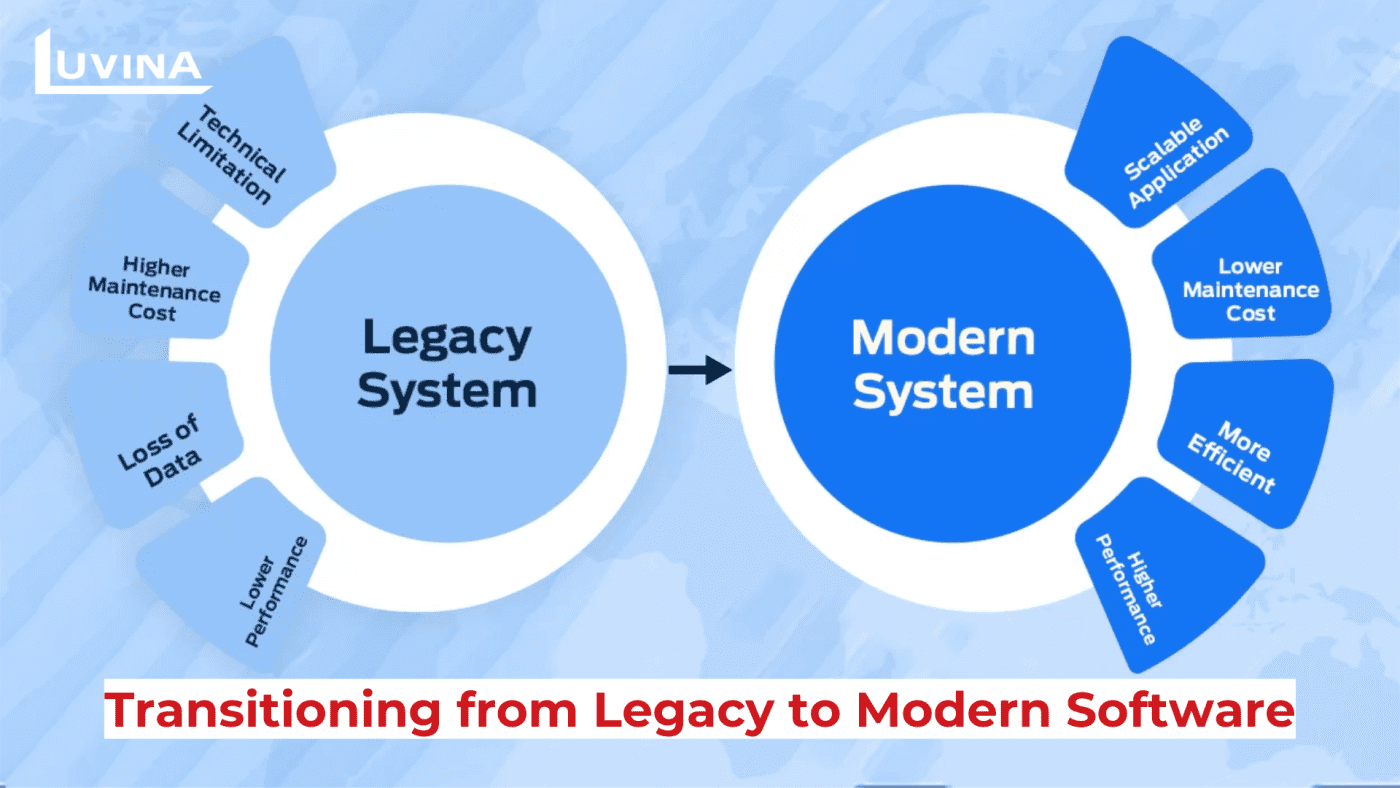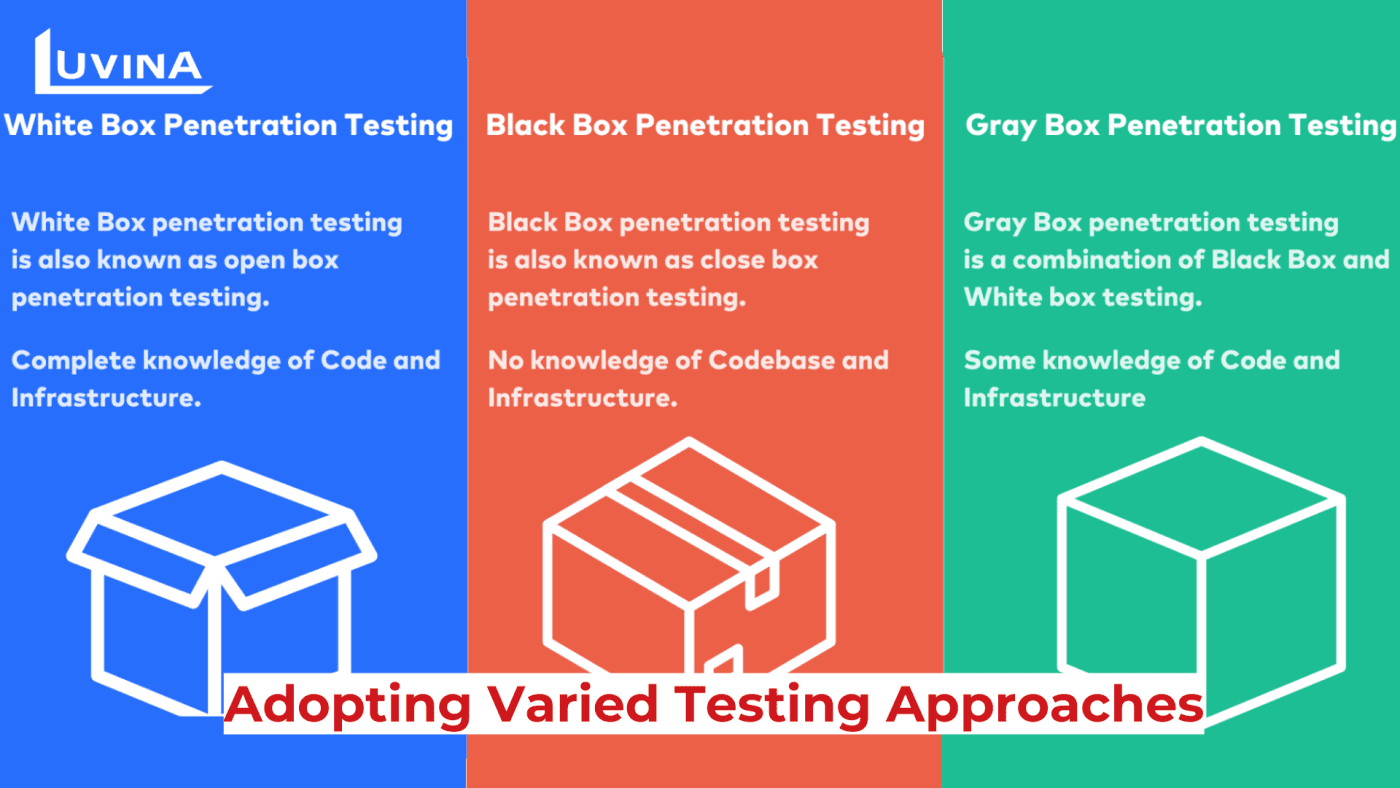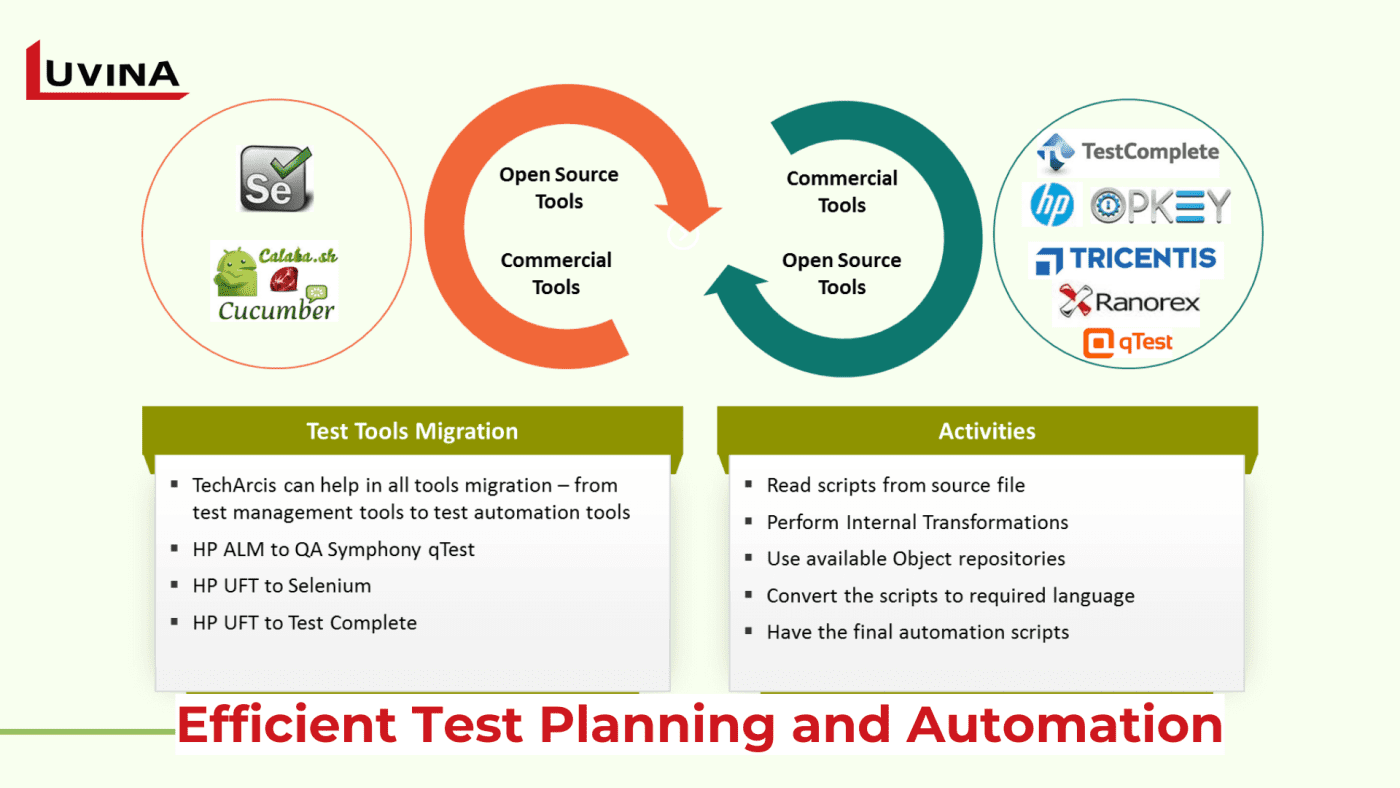In the rapidly evolving software landscape, software migration stands as a crucial process that defines the transfer of software applications, data, and infrastructure from one environment to another. Whether transitioning between servers, databases, or platforms, software migration holds immense significance in keeping software updated, scalable, and aligned with evolving business needs.
However, amidst the benefits lie potential risks, particularly in maintaining data integrity and system functionality. The preservation of data accuracy, security, and functionality during migration remains paramount, considering the potential pitfalls like data loss, corruption, or system instability. In navigating this complex landscape, migration testing emerges as an indispensable component, ensuring the seamless transition of software while mitigating risks and preserving data integrity.
This critical phase in the software migration process demands meticulous attention to detail, rigorous testing protocols, and strategic planning to safeguard against potential disruptions and guarantee a successful migration outcome.

Delving into Migration Testing
1. Types of Migration Testing
– Data Migration Testing: Focuses on ensuring the accuracy, completeness, and consistency of data transferred during migration.
– Functional Testing: Verifies that the migrated software functions as intended in the new environment, maintaining its core functionalities.
– Performance Testing: Evaluate the performance metrics of the migrated software, assessing response times, resource utilization, and scalability.
2. Key Objectives of Migration Testing
– Data Accuracy Verification: Ensuring that data migrated from the old system to the new one remains intact, accurate, and consistent.
– Functionality Assurance: Validating that all functionalities of the software operate correctly post-migration without any compromise.
– Performance Evaluation: Assessing the performance metrics to ensure that the migrated software meets or exceeds the performance benchmarks set in the new environment.

3. Role of Migration Testing
Migration testing plays a pivotal role in risk mitigation by systematically assessing and validating the software’s integrity throughout the migration process. It acts as a safety net, identifying potential issues or discrepancies before, during, and after migration, thereby preventing data loss, corruption, or functionality gaps. Through comprehensive testing protocols, migration testing aims to minimize disruptions, ensure a smooth transition, and safeguard the software’s reliability and stability in the new environment.
Strategies and Techniques for Effective Migration Testing

1. Migration Testing Strategies
Black-box Testing: Focuses on validating the software’s functionalities without considering its internal structure. It ensures that the software operates correctly based on its specifications, regardless of the underlying architecture changes.
White-box Testing: Examines the internal structure and logic of the software during migration. It ensures that the code and underlying components work optimally after the migration process.
Risk-Based Testing: Prioritizes testing efforts based on identified risks. It involves evaluating potential risks associated with migration and directing testing efforts to mitigate those risks effectively.
2. Test Planning and Test Case Design
Test planning in migration testing involves outlining comprehensive strategies, defining objectives, identifying risks, and establishing testing methodologies. Effective test case design includes developing scenarios that cover various aspects of migration, encompassing data integrity, functionality, and performance. It ensures that every aspect of the migration is systematically assessed and validated.
3. Use of Automated Testing Tools
Leveraging automated testing tools streamlines the testing process, expedites test execution, and enhances efficiency. These tools aid in creating, executing, and managing test cases, ensuring faster feedback, reduced human error, and increased test coverage. Automation also allows repetitive tests to be executed swiftly, enabling testers to focus on more complex scenarios and ensuring thorough testing of the software’s functionalities.

>> Also read: Effective Software Migration Strategy
Conclusion
Migration testing serves as the linchpin in ensuring the seamless and secure transition of software applications, preserving data integrity, and minimizing potential risks. Its role extends beyond mere validation, forming the bedrock for successful software migration projects. To implement effective migration testing practices, organizations must prioritize meticulous planning, robust test case design, and the utilization of automated testing tools. By institutionalizing these practices, businesses pave the way for continuous improvement, delivering high-quality software solutions that meet the evolving demands of the digital landscape. Embracing migration testing not only safeguards against disruptions but also fosters a culture of excellence, enabling organizations to thrive in their pursuit of technological innovation and reliability.









Read More From Us?
Sign up for our newsletter
Read More From Us?
Sign up for our newsletter